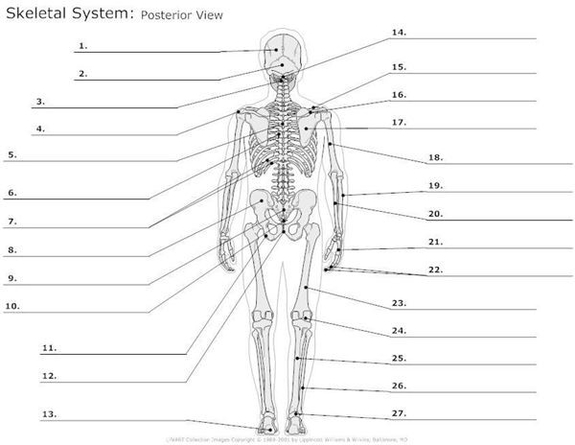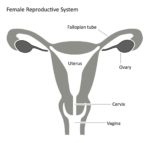The human skeleton, an intricate internal framework, provides essential support, protection, and mobility for our bodies. Comprising numerous individual bones and cartilages, it forms the structural basis for our physical existence. Let’s delve into the fascinating details of this remarkable system.
## The Axial Skeleton
The axial skeleton constitutes the central core of our body. It consists of the following key components:
1. Skull: The skull safeguards the brain and houses sensory organs such as the eyes, ears, and nose. It comprises cranial bones (like the frontal, parietal, and occipital bones) and facial bones (including the maxilla, mandible, and zygomatic bones).
2. Vertebral Column (Spine): The vertebral column, composed of 33 vertebrae, provides structural support and flexibility. It encases and protects the spinal cord, allowing us to bend, twist, and maintain an upright posture.
3. Ribs and Sternum: The rib cage shields vital organs like the heart and lungs. Twelve pairs of ribs attach to the thoracic vertebrae and curve around the chest, converging at the sternum (breastbone).
4. Hyoid Bone: The hyoid bone, unique in that it doesn’t articulate with any other bone, anchors muscles of the tongue and throat. It plays a crucial role in swallowing and speech.
## The Appendicular Skeleton
The appendicular skeleton extends from the axial skeleton and facilitates movement. It encompasses the following components:
1. Pectoral (Shoulder) Girdle: Comprising the clavicle (collarbone) and scapula (shoulder blade), the pectoral girdle connects the upper limbs to the axial skeleton.
2. Pelvic (Hip) Girdle: The pelvic girdle, formed by the fusion of the ilium, ischium, and pubis bones, supports the lower limbs and protects reproductive and digestive organs.
3. Bones of the Limbs:
– Upper Limbs: These include the humerus (upper arm bone), radius and ulna (forearm bones), carpals (wrist bones), metacarpals (palm bones), and phalanges (finger bones).
– Lower Limbs: The femur (thigh bone), tibia and fibula (leg bones), tarsals (ankle bones), metatarsals (foot bones), and phalanges (toe bones) form the lower limb structure.
## Functionality of the Skeleton
1. Support: The skeleton acts as a scaffold, maintaining body shape and providing attachment points for muscles.
2. Protection: Bones shield delicate organs. For instance, the skull protects the brain, and the rib cage guards the heart and lungs.
3. Motion: Joints allow movement, facilitated by muscles pulling on bones.
4. Hematopoiesis: Certain bones (like the femur and sternum) house bone marrow, where blood cells are produced.
5. Mineral Storage: Bones store essential minerals like calcium and phosphorus.
## Labels on the Skeleton
To understand the human skeleton better, labels are used to identify specific bones. These labels include:
– Skull Bones: Frontal, parietal, occipital, maxilla, mandible, zygomatic, etc.
– Vertebral Column: Cervical, thoracic, lumbar vertebrae, sacrum, coccyx.
– Ribs: True ribs, false ribs, floating ribs.
– Upper Limb Bones: Humerus, radius, ulna, carpals, metacarpals, phalanges.
– Lower Limb Bones: Femur, tibia, fibula, tarsals, metatarsals, phalanges.
In summary, the human skeleton is a marvel of engineering, seamlessly blending strength, flexibility, and protection. Its intricate design ensures our survival and enables us to explore the world through movement and interaction. ????
: [Britannica](https://www.britannica.com/science/human-skeleton)
: [Twinkl](https://www.twinkl.co.uk/resource/t-he-399-our-amazing-skeleton-activity-sheet)
: [EdrawMax Template](https://www.edrawmax.com/templates/1014765/)
: [Bodytomy](https://bodytomy.com/labeled-skeletal-system-diagram)
: [Innerbody](https://www.innerbody.com/image/skelfov.html).
o



